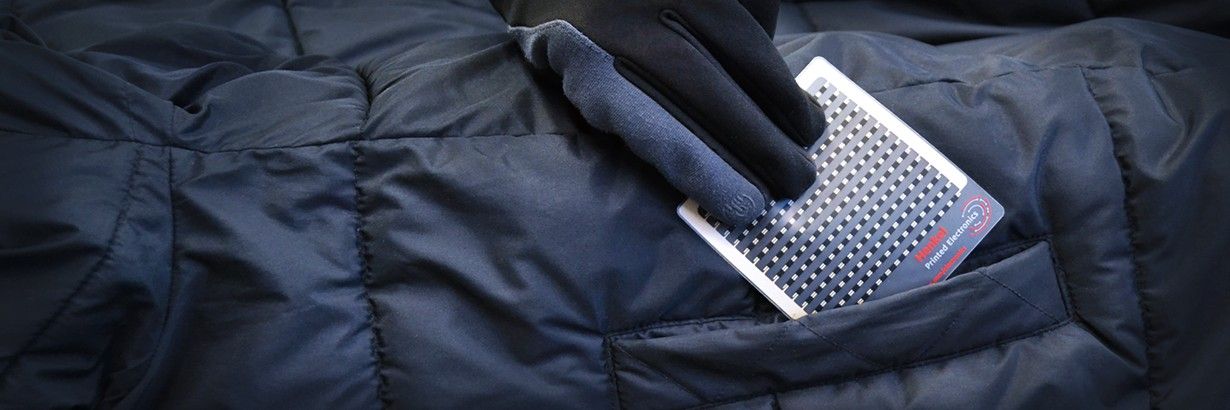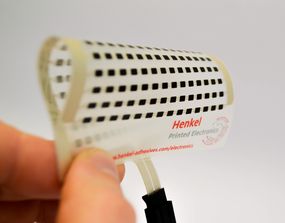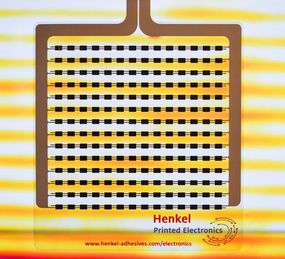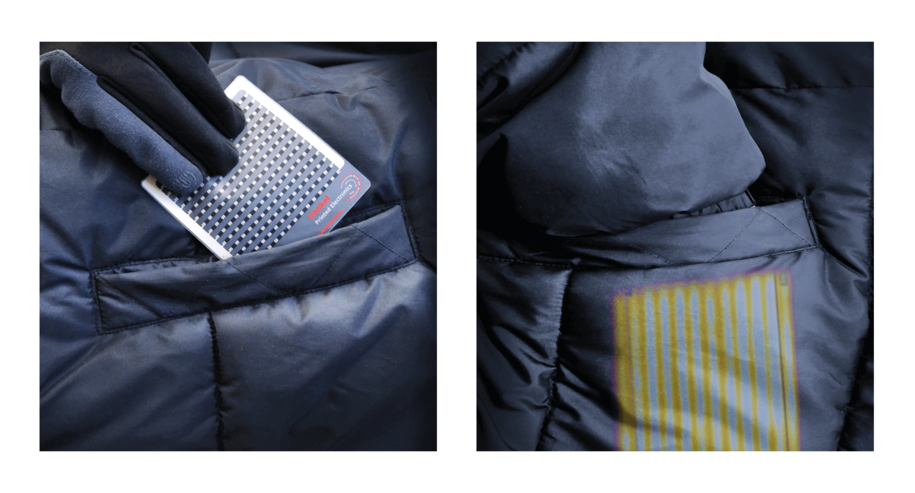
HEATED TEXTILES
Printed electronics enables the integration of heating elements in clothing and other textile applications.
Printed electronics turn up the heat on modern textiles
Printed electronics are transforming the concept of what is possible in many applications, for example, conductive inks now enable quality durable prints on flexible materials such as TPU which are then transferred onto textiles.
Many of the commonly known possible uses for printed electronics in the area of textiles are based around sensors, an example may be utilizing pressure sensors for a user interface on a 'smart' jacket. However, using printed electronics for heating fabrics is an entirely different sphere altogether.
An obvious application for heated textiles is in clothing for sports or outdoor use. For example, a heated ski jacket now has the added bonus that the jacket’s battery also provides power to a smartphone or outdoor camera.

Similarly, heating elements - such as the one shown in the photos by our partner Henkel Printed Electronics (https://www.henkel-adhesives.com/printedelectronics)- can feasibly be added to trousers or other clothing, or alternatively integrated into shoes or boots – an area where InnovationLab already has some experience, utilizing pressure sensors embedded into soles. Printed electronics in textiles can provide a considerable heat output if needed, with some fabrics delivering 1000 W/m2 or more.
A temperature sensor inside a ski jacket can be used for monitoring body temperature, supplying feedback data to a microcontroller that compares this with a pre-set target temperature and the jacket heats up exactly when and where required. To extend battery life, solar cells can be mounted on the jacket, to provide at least partial re-charging capability.

Heated clothing is already available on the market; however, heat is most often than not provided by simply running raw current through resistive wires embedded within the fabric – in a similar way to seat heating in cars or bed blankets. The innovation of printed electronics now provides a wire-free heated layer of fabric that is thinner and softer, making it far easier to incorporate into comfortable, flexible clothing. Eliminating cumbersome wires that act as heating elements, makes it simpler to provide warmth specifically where required, intelligently avoiding areas of the body which are likely to feel warm anyway.
In addition to sports and outdoor applications, heated clothing has overall potential to improve comfort for people living in colder climates. There's an evident niche for older people, who may be living alone in homes with their heating turned down to a minimum - here printed electronics can play an essential role in avoiding hypothermia – especially when combined with a body temperature monitoring sensor. Heated fabrics have the potential to also be used for therapeutic applications, for example, for alleviating stiff of joints.
It’s still early days, and many printed electronics applications in the field of heated textiles are still waiting to be invented. So, we await these developments with anticipation, looking forward to a time where printed electronics will keep us and our loved ones warm, no matter what the weather throws at us.

